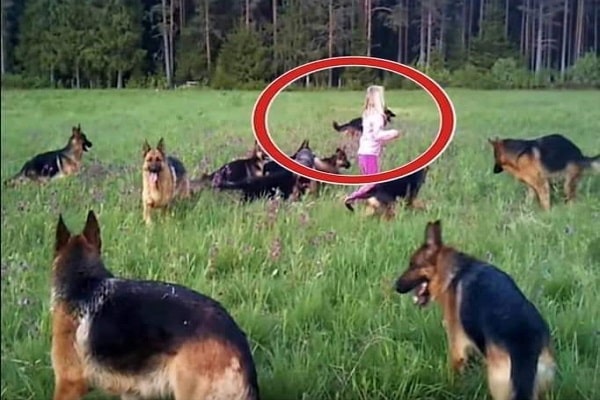Since antiquity, humans and dogs share a unique bond, largely due to their remarkable neurological similarities. Researchers have been studying this bond for millennia, discovering evidence of shared brain functions between the two species over the course of 30,000 years.
Notably, humans and dogs exhibit similarities in their limbic systems, responsible for emotions such as love and fear, which likely contribute to dogs’ empathic behavior and their understanding of human emotions.
Moreover, the neuroplasticity present in both humans and dogs allows them to adapt quickly to environmental changes, thus fostering close relationships between the two.
Both species heavily rely on their senses to interpret their environment, enabling nuanced communication through visual and auditory signals.
It’s interesting to note that dogs often assess new individuals based on human reactions, underscoring the importance of non-verbal communication in their interactions.
Additionally, studies have revealed striking structural similarities in the brain regions responsible for memory formation in humans and dogs, highlighting the basis of shared experiences and enduring bonds.
Recent research highlights the profound connection between a young child and a group of German Shepherds captured in a viral video, demonstrating similarities in emotional responses to speech between dogs and humans.
Experiments conducted at Emory University suggest that humans and dogs share brain areas associated with positive emotions, reinforcing the intuitive understanding that dogs genuinely love and care for their human companions.
These findings challenge misconceptions about canine behavior, especially in the presence of young children, and pave the way for a deeper exploration of animals’ emotional depth and their responses to human stimuli.
